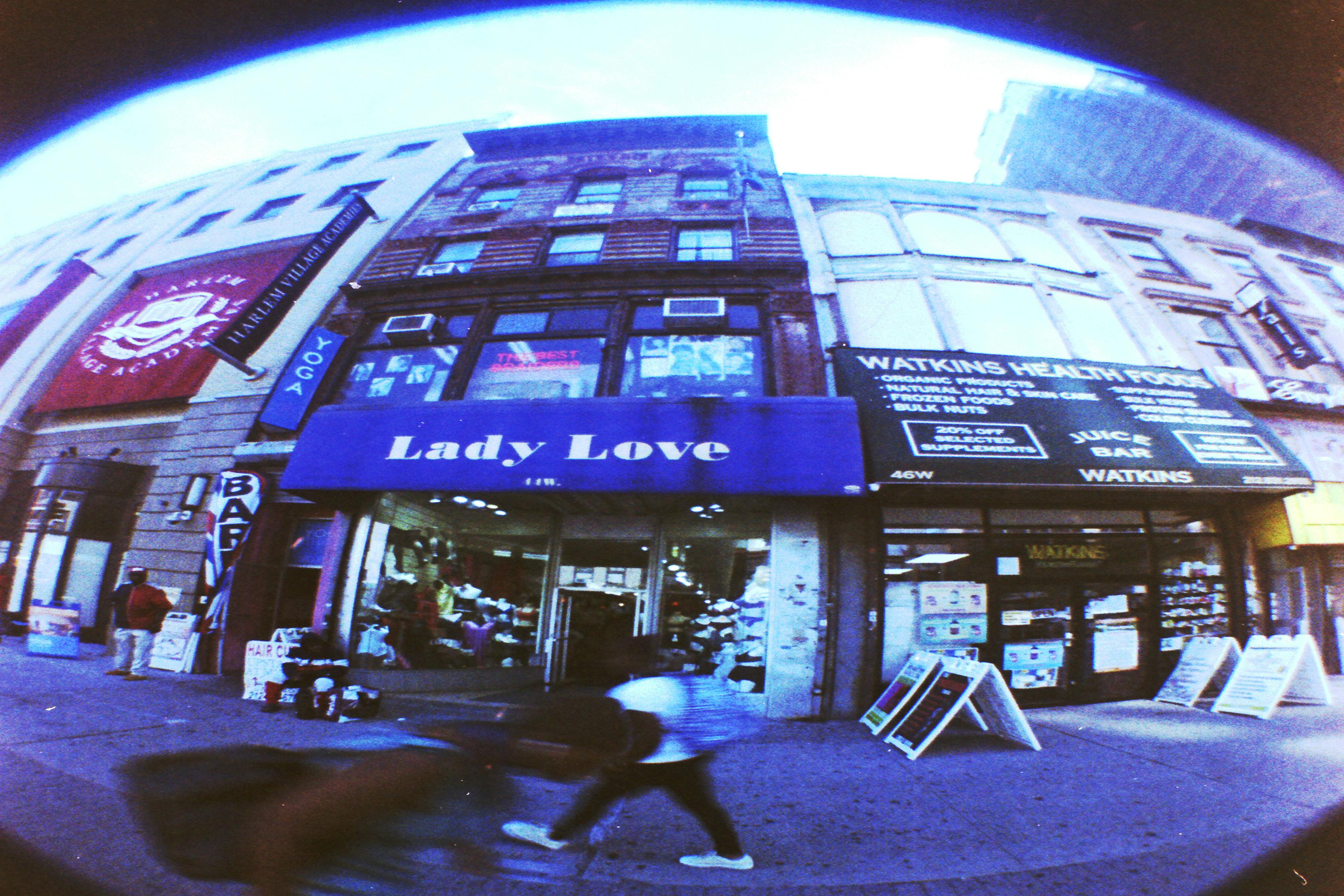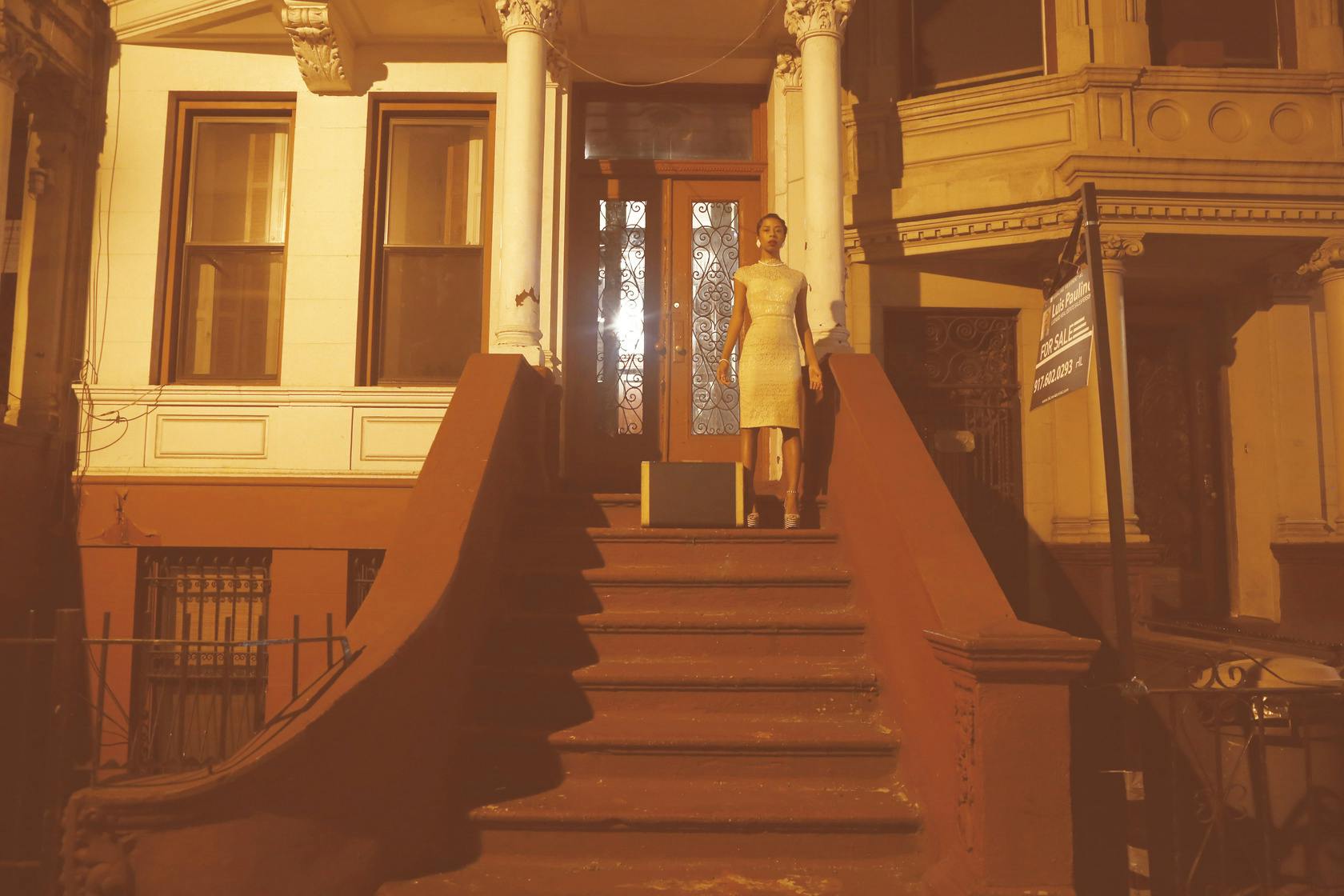Harlem Postcards: Street, Stage, Sanctuary, Stoop


So much of Harlem’s life unfolds in its spaces of encounter, and it is from these spaces that the Studio Museum in Harlem’s new home draws its form.


Alex Harsley, Fishing for Spiffy on 125TH, 2019. Chromogenic color print, 16 × 20 in. Studio Museum in Harlem; Harlem Postcards Collection HPC.2019.3.1
The Street carries the pulse of Harlem itself, where life, culture, and history are revealed through what happens on the sidewalks, boulevards, and avenues—past and present, visible throughout various apertures of the building’s facade.
The Stage channels Harlem’s performance culture—echoing our neighbors at the Apollo and the National Black Theatre—where the presentation of the self is central to Black cultural life.
The Sanctuary reflects Harlem’s many houses of worship and their reverence of civic life. These spaces flow into one another, much like Harlem itself.
The Stoop bridges interior and exterior, seeing programs and community converge on an inverted staircase that embodies Harlem’s stoop culture—a tradition of gathering on brownstone steps to connect, observe, and build relationships. The Museum, like the city, is rooted in culture, expanded through community, and alive in the presence of Harlem.
These images from our Harlem Postcards project draw from these four metaphors.


Berni Searle, DSC00123.JPG, 2007. Chromogenic color print, 16 × 20 in. Studio Museum in Harlem; Harlem Postcard Collection HPC.2007.1.4


Dominic McGill, Jesus Saves, 2006. Chromogenic color print, 16 × 20 in. Studio Museum in Harlem; Harlem Postcards Collection HPC.2006.3


Kia Labeija, In Search of the Sweet Life // Kia Labeija on Sugar Hill, 2015. Chromogenic color print, 16 x 20 in. Studio Museum in Harlem; Harlem Postcards Collection HPC.2015.3.2